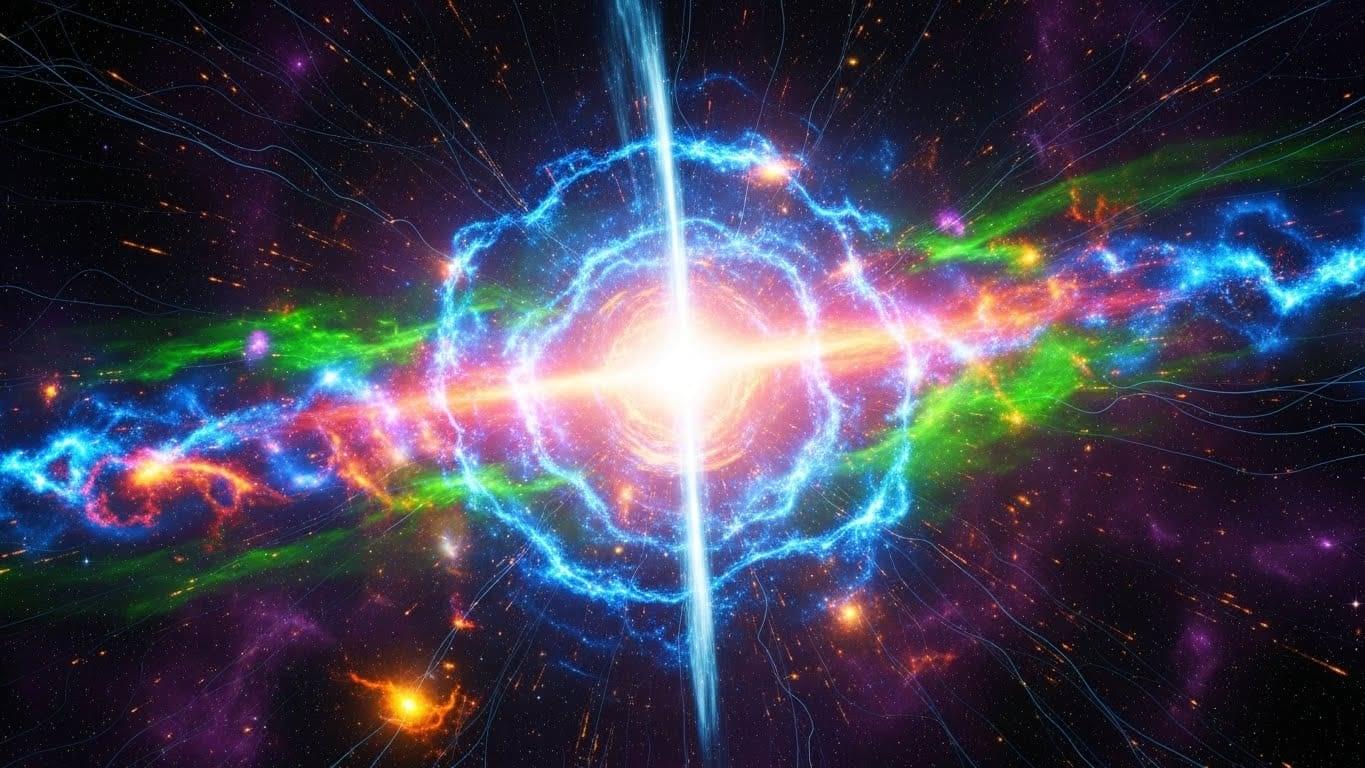A dual-gated moiré superlattice device made of trilayer WSe2/WS2/WSe2 enables controlling quadrupolar excitons by driving quadrupolar-to-dipolar excitonions via tuning the excitation intensity and doping.



The Letters section represents an opportunity for ongoing author debate and post-publication peer review. View our submission guidelines for Letters to the Editor before submitting your comment.

El Niño–Southern Oscillation (ENSO) profoundly affects Australian weather, climate, ecosystems and socio-economic sectors. This Review presents the progress made in understanding ENSO teleconnections to Australian weather over the past 40 years, describing the atmospheric dynamics, complexities and impacts of this climate phenomenon.



Experiments reveal that inflation not only smooths the universe but populates it with a specific distribution of initial perturbations, creating a foundation for structure formation. The team measured how quantum fluctuations during inflation are stretched and amplified, transitioning from quantum to classical behavior through a process of decoherence and coarse-graining. This process yields an emergent classical stochastic process, captured by Langevin or Fokker-Planck equations, demonstrating how classical stochastic dynamics can emerge from underlying quantum dynamics. The research highlights that the “initial conditions” for galaxy formation are not arbitrary, but constrained by the Gaussian field generated during inflation, possessing specific correlations. This framework provides a cross-scale narrative, linking microphysics and cosmology to life, brains, culture, and ultimately, artificial intelligence, demonstrating a continuous evolution of dynamics across the universe.
Universe’s Evolution, From Cosmos to Cognition
This research presents a unified, cross-scale narrative of the universe’s evolution, framing cosmology, astrophysics, biology, and artificial intelligence as successive regimes of dynamical systems. Rather than viewing these fields as separate, the work demonstrates how each builds upon the previous, connected by phase transitions, symmetry-breaking events, and attractors, ultimately tracing a continuous chain from the Big Bang to contemporary learning systems. The team illustrates how gravitational instability shapes the cosmic web, leading to star and planet formation, and how geochemical cycles establish stable, long-lived attractors, providing the foundation for life’s emergence as self-maintaining reaction networks. The study emphasizes that the universe is not simply evolving in state, but also in its capacity for description and learning, with each transition.
Tim Gibson has been involved in cryonics for many years.

A Nature analysis of a major Norwegian study challenges existing estimates of Alzheimer’s prevalence, finding that 25% of people aged 85–89 have dementia with Alzheimer’s pathology — far higher than previous 7–13% estimates — while preclinical Alzheimer’s in younger seniors (70−74) occurs at only 8% versus earlier 22% estimates. Using blood biomarker pTau217 in 11,486 participants, researchers identified that 10% of over-70s had dementia, 10% had mild cognitive impairment, and 10% had preclinical Alzheimer’s, but warn that blood tests alone are insufficient for widespread screening due to potential harm from false positives. The discrepancies highlight how previous studies may have been skewed by selection bias, while demonstrating that blood-based biomarkers require careful interpretation and comprehensive clinical assessment.
A survey of Alzheimer’s disease prevalence in Norway confirms earlier estimates and might show how education level relates to risk.

